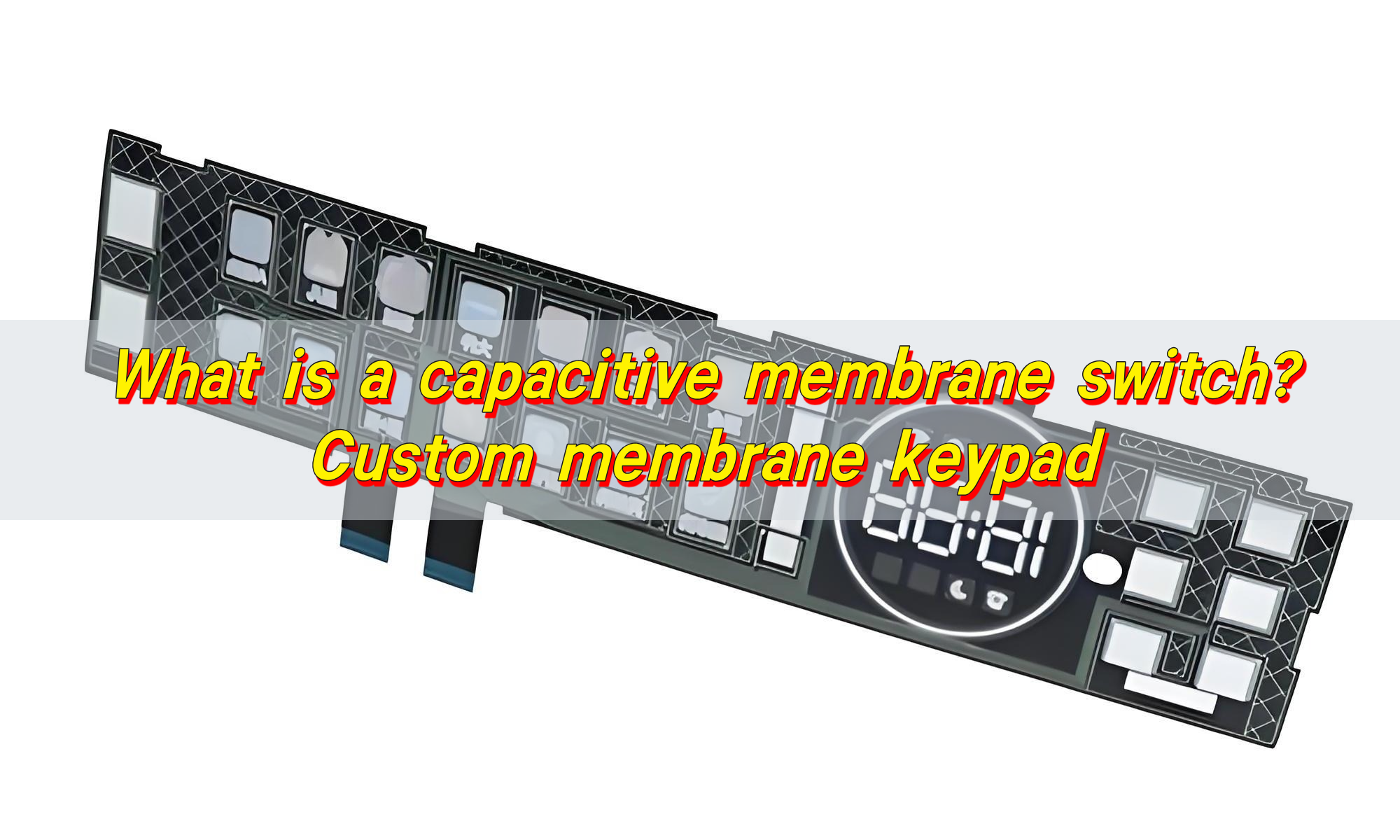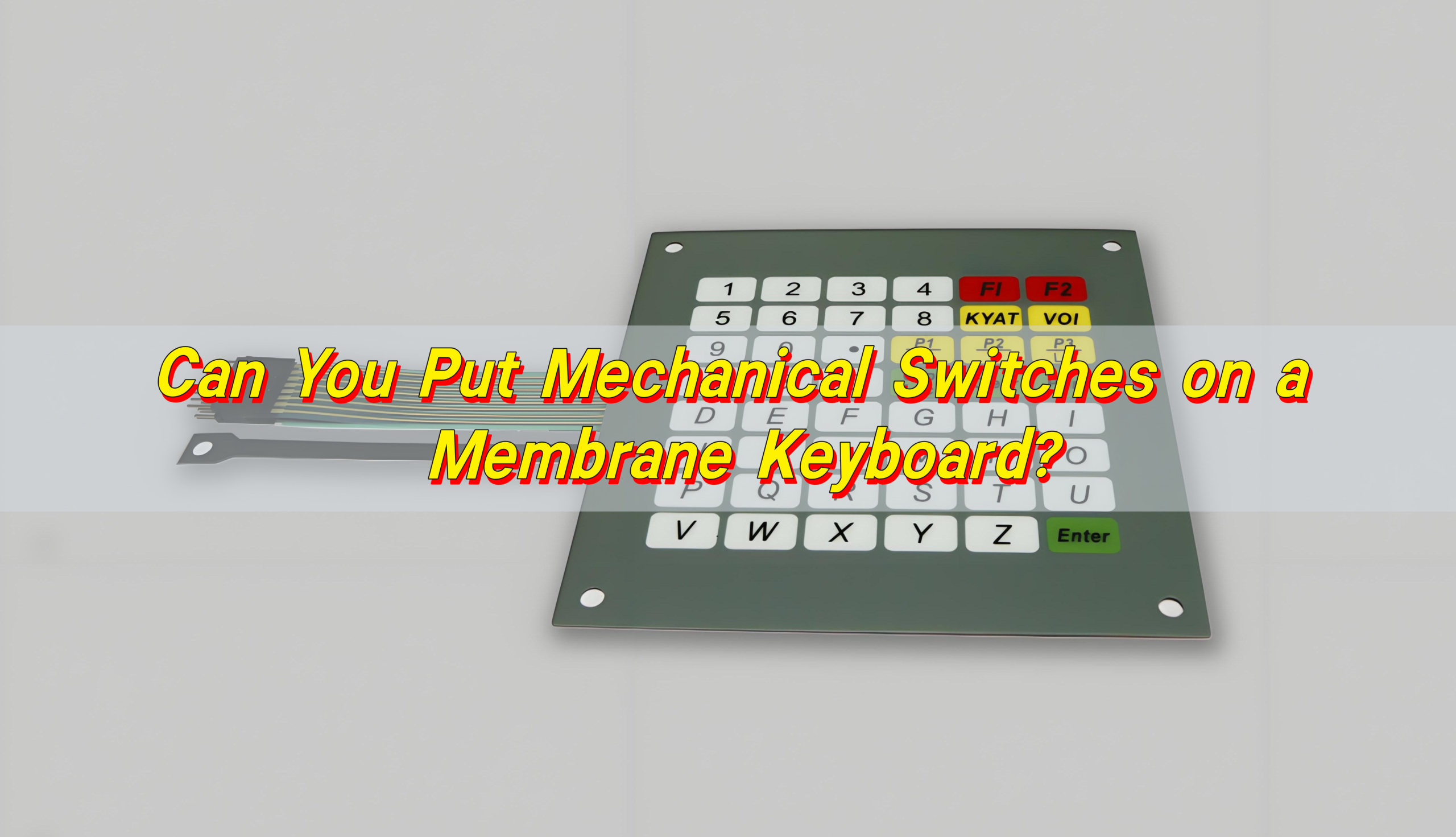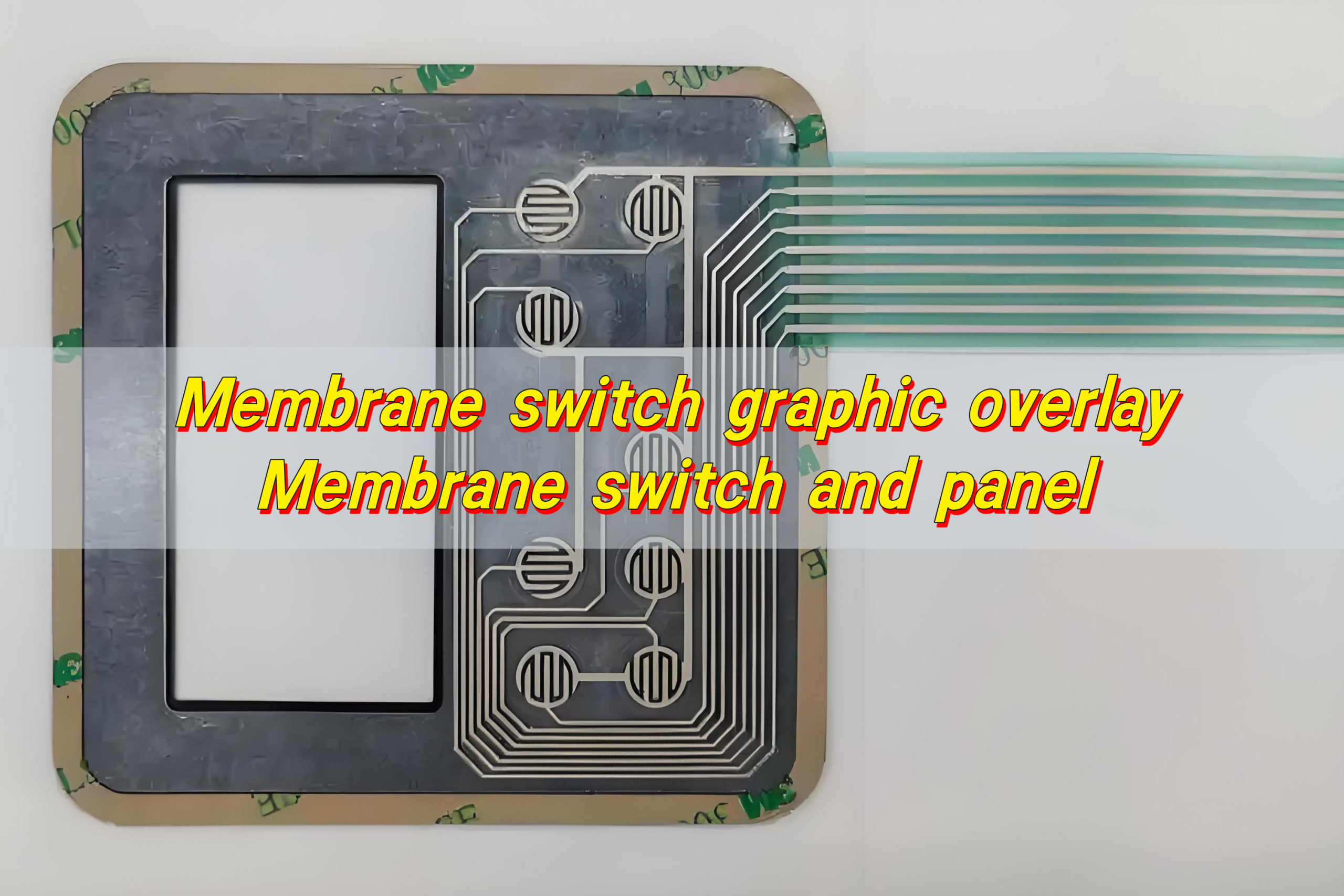
General Inspection Methods and Steps for Membrane Switch Panels
General Inspection Methods and Steps for Membrane Switch Panels
We know, quality is the core of a product, so we always proceed many inspections and measurement of membrane switch to make sure the high quality and reliability. Below are some generally methods and inspect items in Yu An electronics, from this you can know how we guarantee the quality of the membrane keypads.
1. Shape
Verify the shape of the membrane switch, including the outline, conductor traces, insulation treatment, and materials used, ensuring compliance with the provided drawings or physical samples.
2. Material
Check the materials used in the membrane switch, such as panel, substrate, silver paste, carbon ink, adhesive, stiffener, and insulation printing, confirming adherence to the specifications outlined in the drawings.
3. Visual Quality Inspection
The visual inspection including several items, for example:
Panel:
Ensure absence of defects affecting readability, such as missing strokes, stains, translucent spots, ink removal, color spots, scratches, and residual glue. Additionally, deviation of the panels also is rejected, the acceptable deviation tolerance is: printing≤0.2mm, layers to layers ≤0.3mm.
Circuit:
No any stains on the circuits, including foreign objects, stains, bumps, grease, fingerprints, or burrs along the edges.
Conductive Silver
Assess uniformity, smoothness, thickness (typically 7-12μm), and absence of defects or punctures.
Carbon Ink
Ensure complete coverage over silver lines, uniform thickness (8-10μm), and absence of significant silver protrusions.
Insulation Printing
Confirm no insulation ink residue on contact points, with smooth surface and no defects affecting insulation.
4. Color Verification
Utilize visual inspection and color difference meters for precise color comparison against approved samples, ensuring consistency and accuracy.
5. Ink Adhesion Test
Apply transparent tape over inked areas, press firmly to eliminate air bubbles, and swiftly peel off after 10 seconds, checking for ink adherence. Additionally, test ink adhesion by affixing surfaces together, applying pressure, and ensuring no ink transfer after 24 hours.
6. Bubble Quality Inspection
Assess bubble height and uniformity of pressure application (57-284g for flat switches, 170-397g for tactile switches).
7. Peel Strength Test
Measure adhesive peel strength, ensuring it meets or exceeds 8N/25mm.
8. Flexural Strength Test
Evaluate the resilience of silver paste, carbon ink, or covered silver lines after 180-degree folding and manual pressure application, ensuring no increase in resistance exceeds 300% after five cycles.
9. Hardness Test
Apply 1kg force with an H-grade drawing pen at a 45-degree angle to the lines, ensuring no ink peeling or transparency occurs.
10. Dimensional Inspection
Verify dimensions according to allowable tolerances specified in the drawings.
11. Resistance Test
Ensure line resistance does not exceed 100Ω, with specific requirements outlined for longer lines or special cases.
12. Insulation Resistance Test
Confirm insulation resistance exceeds 500MΩ (500VDC for 1 minute) in normal and environmental conditions.
13. Lifespan Test
Conduct contact cycle tests, with non-spring contacts rated for 1 million cycles and spring or tactile contacts for 500,000 cycles.
14. High-Temperature Test
Subject the membrane switch to 55±2℃ for 72 hours, followed by visual and resistance checks.
15. Low-Temperature Test
Expose the membrane switch to -10±3℃ for 16 hours, then conduct resistance measurements.
16. Constant Humidity Test
Perform a 96-hour test at 40±2℃ and 93% relative humidity, followed by recovery and measurement checks.
17. Salt Spray Test
Expose the membrane switch to a 5% sodium chloride solution at 35±2℃ for 72 hours, followed by recovery and insulation resistance measurement.
Above mentioned are the general inspection process during the manufacturing, of course, some special measurements also will be performed if customers required. Welcome to contact us if you want to know more about Yu An electronics.

What is a capacitive membrane switch? Custom membrane keypad
Capacitive membrane switch is a switch that works on the principle of capacitive sensing, triggering signals by detecting the change in capacitance generated when a person approaches or touches it. It is composed of multiple layers of film, including a conductive layer and an insulating layer. When a finger approaches or touches the switch surface, ...

Can You Put Mechanical Switches on a Membrane Keyboard?
No, you can’t. Mechanical switches and membrane keyboards use completely different structures. Membrane boards rely on pressure pads, while mechanical ones use physical switch mechanisms. They’re not compatible. But there are still ways to improve the feel and sound of a membrane keyboard without full mechanical parts. What are membrane switches keyboard? Membrane switch keyboards ...

Membrane switch graphic overlay, Membrane switch and panel
Membrane switch graphic overlay is an outer film printed with button logos and patterns, usually made of PET or PC, which protects the internal circuit and provides an operating interface. It is closely integrated with the membrane switch panel, which is a multi-layer film structure containing a conductive layer and an insulating layer to achieve ...
Contact us online